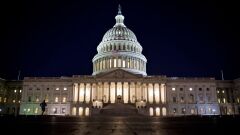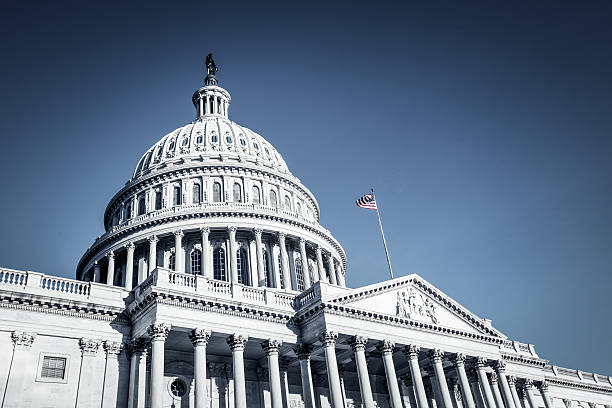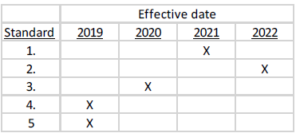As we’re all aware, 2020 has been an extraordinarily complex year — that complexity is reflected in taxpayers’ tax situations, whether they’re businesses or individuals. While there is plenty of time before this year’s tax returns need to be filed, the constantly changing economic situation, the presidential election, and the host of COVID-19 legislative provisions mean that some tax moves will only be effective if they’re made before the end of the year.
We’ve brought together some of our best year-end tax-planning coverage, ranging from reminders of classic strategies to deep dives into rules specific to COVID-19 tax relief. For each article, we’ve highlighted a strategy or two, but they all offer a host of potential tax savings — for those who act fast.
For businesses and individuals:
In early October, Top 10 Firm Grant Thornton put together a list, a mix of strategies for both companies and individual taxpayers, including:
- Making sure to use the above-the-line charitable deduction
- Accelerating AMT refunds
- Taking advantage of new bonus depreciation rules from the CARES Act
New for the end of the year:
In an interview, Wolters Kluwer’s Mark Luscombe dives into some of the most important new year-end planning issues, including:
- Employee tax credits and deferrals related to payroll taxes that expire at the end of 2020
- Tax provisions that offer retroactive relief
- The implementing expiration of the expanded ability to make penalty-free withdrawals from retirement plans
Expiring Relief:
With a number of COVID-19 related tax relief provisions, Laura Davison of Bloomberg News talks about how year-end planning has been turbocharged. Here are the provisions set to expire:
- The removal of the cap on individuals’ business loss deductions
- The one-time deduction for charitable gifts for taxpayers taking the standard deduction
Planning around the election:
Tax planners knew that the November election could have a major impact on year-end planning. Particularly, if a Biden win brought in a whole new approach to tax legislation. Accounting Today columnist Mark Luscombe, of Wolters Kluwer, offered strategies for both possible outcomes in Georgia, including:
- With a Republic win, focusing more on tax-loss harvesting and less on Roth IRA conversions
- With a Democratic win, preparing for the possibility of higher capital gains and income tax rates
Three-quarters of the way there:
In a column just before the election, Wolters Kluwer’s Mark Luscombe summarized the year-end planning developments thus far in the year including:
- The restoration of NOL carrybacks for up to five years
- A number of COVID related corrections and extensions to the Tax Cuts and Job Acts of 2017
- COVID-19 sick leave and family leave, and employee retention provisions
Acceleration and declaration:
After a “year like no other” this early December list from AG FinTax’s Anil Grandhi included tips on lowering taxes by:
- Accelerating business purchases
- Adding children or spouses to the payroll
- Deferring or accelerating income
From one year to another:
Not everything can be wrapped up by the end of the year. Accounting Today’s senior tax editor, Roger Russell, covers the issues from 2020 that will have an impact on 2021:
- The tax impacts of remote work
- How to handle emergency retirement plan withdrawals under the CARES Act
- The taxability of unemployment benefits
In under the wire:
While many of them don’t need to be taken up by December 31st, the last-minute COVID relief legislation signed by President Trump included a number of tax provisions including:
- Passage of a number of tax extenders
- An extension of the Work Opportunity Tax Credit
- Improvements to the Employee Retention Credit




























